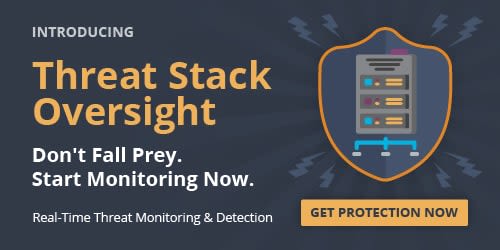An Introduction to Firewalls
What is a firewall?
A firewall is a protective layer for your server that monitors and filters incoming and outgoing network traffic. It uses a set of rules to determine to allow or block specific network traffic. Firewalls can prevent unauthorized use before reaching your servers. Firewalls can be hardware or software based. In network security, the first line of defense that should always be used is a firewall.
Over the past few decades, firewall deployments have advanced and the functionality as well as the features have increased. Firewalls can now examine individual packets of traffic and test the packets to determine if they are safe.
Types of Firewalls
There are a number of options for end users to deploy a firewall. These include:
- Web application firewalls
A (WAF) web application firewall is used for HTTP applications. There are sets of rules that are applied to monitor or block data packets from http network traffic. For example, these rules can help block cross-site scripting (XSS) and SQL injections. - Stateful firewalls
Stateful firewalls, also known as network firewalls, inspect traffic and tracks the operating state and characteristics of a network connection to provide a universal firewall. For example, the packets from certain traffic will be allowed to access certain users while blocking the same traffic to other users. Known active connections with matching packets will be allowed to pass through the firewall. - Proxy-based firewalls
A proxy-based firewall acts as an intermediary between the requested data by end users and the source servers. The proxy filters all network traffic and will block or allow traffic based on its rule set. The proxy also has the ability to examine the entire network packet besides the network address and the port number. This type of firewall is labeled as the most secured as it prevents direct network contact between systems. - Firewall hardware
Firewall hardware is a device that has firewall software installed that is connected between the network and the device for connecting to the internet. For example, a broadband router is placed in front of a home network that has firewall software installed. It is filtering traffic only allowing connections that are based on its rule set. An end user with common PC knowledge can plug in a firewall, configure the settings, and have it work. Always confirm that your firewall is configured for optimal security. - Firewall software
Firewall software is used to manage the deployment of firewall hardware. This is a central system that has policies and features that are configured, as well as analysis of threats is performed.
The best defense for your computer and network is to have both in use, as each offers much-needed security features and benefits. An up to date firewall and operating system is crucial to maintaining optimal protection, as well as testing your firewall to confirm it is connected and working correctly.

Related Articles:

About the Author: Jennifer Walsh
Jennifer is a former Managed Applications Technical Support Specialist III at Liquid Web with a background in Information Security and System Administration. Her passions are her family, dogs (Penny and Rose), educating anyone on information security, and her ninja 650.
Our Sales and Support teams are available 24 hours by phone or e-mail to assist.
Latest Articles
How to Configure Remote Desktop to Transfer Files
Read ArticleWhat is VMware Fusion?
Read ArticleFive Steps to Create a Robots.txt File for Your Website
Read ArticlePremium Business Email Pricing FAQ
Read ArticleMicrosoft Exchange Server Security Update
Read Article


